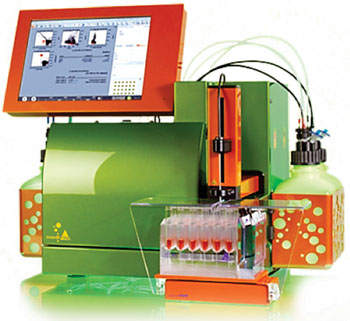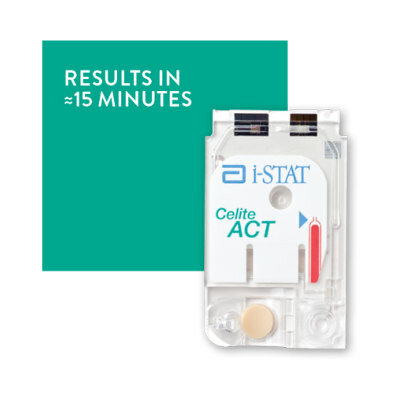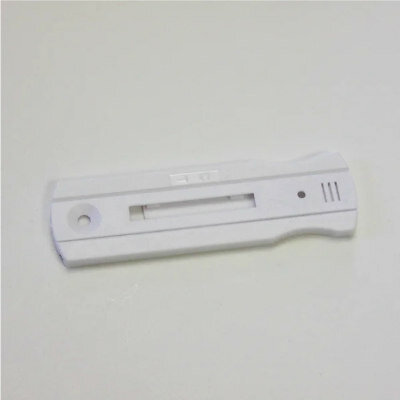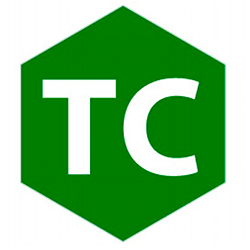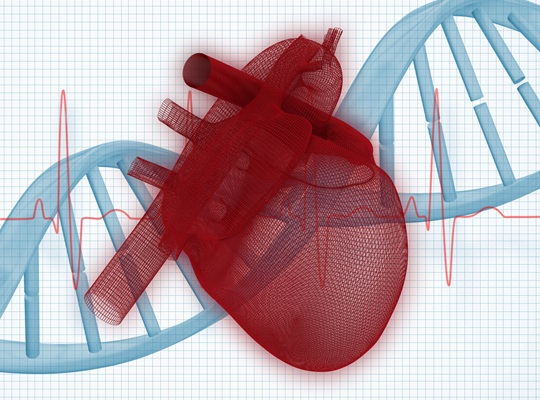Biomarkers Predict HIV Return When Treatment Stopped
|
By LabMedica International staff writers Posted on 26 Oct 2015 |
Treatment of Human Immunodeficiency virus 1 (HIV-1) infection with antiretroviral therapy (ART) in the weeks following transmission may induce a state of “post-treatment control” (PTC) in some patients, in whom viremia remains undetectable when ART is stopped.
Primary HIV-1 infection (PHI), the period within weeks to months of seroconversion, may provide insights into how this reservoir is activated and whether it can be suppressed, as stopping ART initiated in this early stage has in certain patients been associated with periods of aviremic remission, in some cases for over 10 year.
Scientists at the John Radcliffe Hospital (Oxford, UK) and their collaborators retrospectively analyzed data from a randomized study of patients with primary HIV infection involved in the SPARTAC trial. They compared the T-cells of 154 patients in Europe, Brazil and Australia who had their ART treatment interrupted after 12 or 48 weeks. T-cells play a central role in protecting the immune system. They devised a panel of 18 biomarkers to measure parameters of host immunity and markers of the HIV-1 reservoir.
The investigators used a variety of methods including the measurement of HIV-1 DNA, the quantitation of unspliced cell-associated HIV-1 RNA Transcript which was performed on the Lightcycler 480 (Roche; Basel, Switzerland), quantification of the HIV-1-specific CD8 response was performed by IFN-γ ELISpot analysis (R&D Systems; Minneapolis, MN, USA), fluorescent activated cell sorting run on a MAQSquant flow cytometer (Miltenyi Biotec; San Diego, CA, USA). Interleukin-6 (IL-6) and D-dimer were quantified using commercial assays.
The scientists found that high levels of the T-cell exhaustion markers programmed cell death protein 1 (PD-1), T-cell immunoglobulin domain and mucin domain-3 (Tim-3) and Lymphocyte-activation gene 3 (Lag-3) measured prior to ART strongly predict time to the return of viremia. The data suggests that the size of the reservoir is determined by T-cell-mediated immunity in early HIV-1 infection, reflected in the number of associations between HIV-1 DNA and immune biomarkers at baseline. Once ART is commenced and viral replication is suppressed, the CD4 T-cell count recovers and the HIV-1 reservoir declines.
The authors concluded that participants undergoing treatment interruption after 48 weeks of ART reveals potential new biomarkers that should be considered in larger studies exploring PTC. The correlations between measures of T-cell-mediated immunity and HIV-1 DNA prior to therapy make a case for the reservoir size being determined by T-cell function early in infection. T-cell exhaustion markers may identify those latently infected cells with a higher proclivity to viral transcription. The study was published on October 9, 2015, in the journal Nature Communications.
Related Links:
John Radcliffe Hospital
Roche
Miltenyi Biotec
Primary HIV-1 infection (PHI), the period within weeks to months of seroconversion, may provide insights into how this reservoir is activated and whether it can be suppressed, as stopping ART initiated in this early stage has in certain patients been associated with periods of aviremic remission, in some cases for over 10 year.
Scientists at the John Radcliffe Hospital (Oxford, UK) and their collaborators retrospectively analyzed data from a randomized study of patients with primary HIV infection involved in the SPARTAC trial. They compared the T-cells of 154 patients in Europe, Brazil and Australia who had their ART treatment interrupted after 12 or 48 weeks. T-cells play a central role in protecting the immune system. They devised a panel of 18 biomarkers to measure parameters of host immunity and markers of the HIV-1 reservoir.
The investigators used a variety of methods including the measurement of HIV-1 DNA, the quantitation of unspliced cell-associated HIV-1 RNA Transcript which was performed on the Lightcycler 480 (Roche; Basel, Switzerland), quantification of the HIV-1-specific CD8 response was performed by IFN-γ ELISpot analysis (R&D Systems; Minneapolis, MN, USA), fluorescent activated cell sorting run on a MAQSquant flow cytometer (Miltenyi Biotec; San Diego, CA, USA). Interleukin-6 (IL-6) and D-dimer were quantified using commercial assays.
The scientists found that high levels of the T-cell exhaustion markers programmed cell death protein 1 (PD-1), T-cell immunoglobulin domain and mucin domain-3 (Tim-3) and Lymphocyte-activation gene 3 (Lag-3) measured prior to ART strongly predict time to the return of viremia. The data suggests that the size of the reservoir is determined by T-cell-mediated immunity in early HIV-1 infection, reflected in the number of associations between HIV-1 DNA and immune biomarkers at baseline. Once ART is commenced and viral replication is suppressed, the CD4 T-cell count recovers and the HIV-1 reservoir declines.
The authors concluded that participants undergoing treatment interruption after 48 weeks of ART reveals potential new biomarkers that should be considered in larger studies exploring PTC. The correlations between measures of T-cell-mediated immunity and HIV-1 DNA prior to therapy make a case for the reservoir size being determined by T-cell function early in infection. T-cell exhaustion markers may identify those latently infected cells with a higher proclivity to viral transcription. The study was published on October 9, 2015, in the journal Nature Communications.
Related Links:
John Radcliffe Hospital
Roche
Miltenyi Biotec
Read the full article by registering today, it's FREE! 

Register now for FREE to LabMedica.com and get access to news and events that shape the world of Clinical Laboratory Medicine. 
- Free digital version edition of LabMedica International sent by email on regular basis
- Free print version of LabMedica International magazine (available only outside USA and Canada).
- Free and unlimited access to back issues of LabMedica International in digital format
- Free LabMedica International Newsletter sent every week containing the latest news
- Free breaking news sent via email
- Free access to Events Calendar
- Free access to LinkXpress new product services
- REGISTRATION IS FREE AND EASY!
Sign in: Registered website members
Sign in: Registered magazine subscribers
Latest Immunology News
- Stem Cell Test Predicts Treatment Outcome for Patients with Platinum-Resistant Ovarian Cancer
- Machine Learning-Enabled Blood Test Predicts Immunotherapy Response in Lymphoma Patients
- Post-Treatment Blood Test Could Inform Future Cancer Therapy Decisions
- Cerebrospinal Fluid Test Predicts Dangerous Side Effect of Cancer Treatment
- New Test Measures Preterm Infant Immunity Using Only Two Drops of Blood
- Simple Blood Test Could Help Choose Better Treatments for Patients with Recurrent Endometrial Cancer
- Novel Analytical Method Tracks Progression of Autoimmune Diseases
- 3D Bioprinted Gastric Cancer Model Uses Patient-Derived Tissue Fragments to Predict Drug Response
- Blood Test for Fungal Infections Could End Invasive Tissue Biopsies
- Cutting-Edge Microscopy Technology Enables Tailored Rheumatology Therapies
- New Discovery in Blood Immune Cells Paves Way for Parkinson's Disease Diagnostic Test
- AI Tool Uses Routine Blood Tests to Predict Immunotherapy Response for Various Cancers
- Blood Test Can Predict How Long Vaccine Immunity Will Last
- Microfluidic Chip-Based Device to Measure Viral Immunity
Channels
Clinical Chemistry
view channel
‘Brilliantly Luminous’ Nanoscale Chemical Tool to Improve Disease Detection
Thousands of commercially available glowing molecules known as fluorophores are commonly used in medical imaging, disease detection, biomarker tagging, and chemical analysis. They are also integral in... Read more
Low-Cost Portable Screening Test to Transform Kidney Disease Detection
Millions of individuals suffer from kidney disease, which often remains undiagnosed until it has reached a critical stage. This silent epidemic not only diminishes the quality of life for those affected... Read more
New Method Uses Pulsed Infrared Light to Find Cancer's 'Fingerprints' In Blood Plasma
Cancer diagnoses have traditionally relied on invasive or time-consuming procedures like tissue biopsies. Now, new research published in ACS Central Science introduces a method that utilizes pulsed infrared... Read moreMolecular Diagnostics
view channel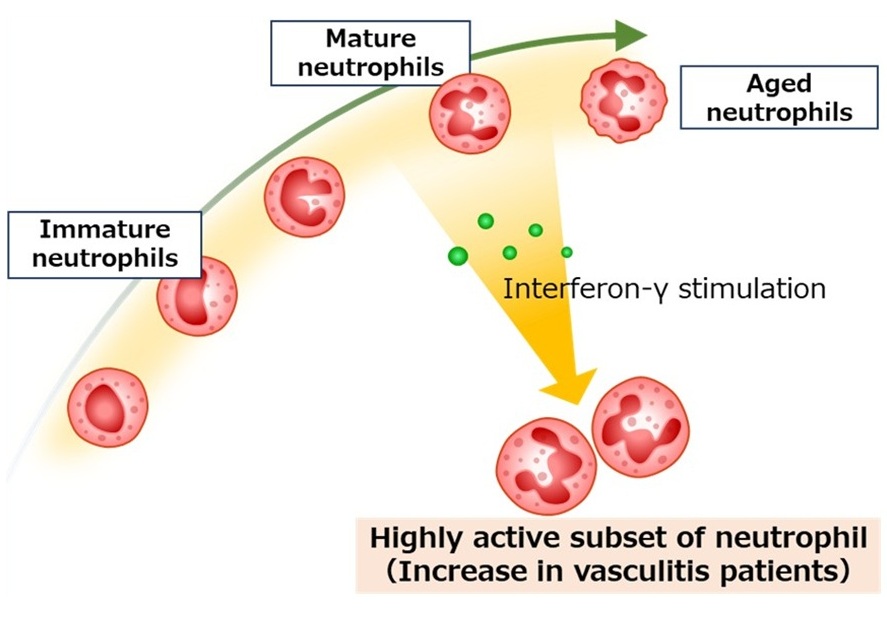
Blood Test Could Predict Relapse of Autoimmune Blood Vessel Disease
Neutrophils, once believed to be uniform in nature, have been discovered to exhibit significant diversity. These immune cells, which play a crucial role in fighting infections, are also implicated in autoimmune... Read more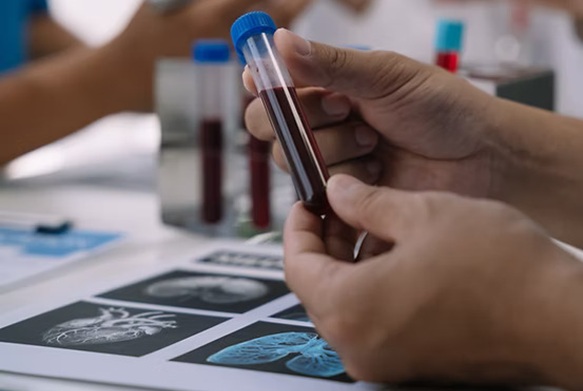
First-of-its-Kind Blood Test Detects Trauma-Related Diseases
In today’s fast-paced world, stress and trauma have unfortunately become common experiences for many individuals. Continuous exposure to stress hormones can confuse the immune system, causing it to misinterpret... Read moreHematology
view channel
New Scoring System Predicts Risk of Developing Cancer from Common Blood Disorder
Clonal cytopenia of undetermined significance (CCUS) is a blood disorder commonly found in older adults, characterized by mutations in blood cells and a low blood count, but without any obvious cause or... Read more
Non-Invasive Prenatal Test for Fetal RhD Status Demonstrates 100% Accuracy
In the United States, approximately 15% of pregnant individuals are RhD-negative. However, in about 40% of these cases, the fetus is also RhD-negative, making the administration of RhoGAM unnecessary.... Read moreMicrobiology
view channel
Handheld Device Delivers Low-Cost TB Results in Less Than One Hour
Tuberculosis (TB) remains the deadliest infectious disease globally, affecting an estimated 10 million people annually. In 2021, about 4.2 million TB cases went undiagnosed or unreported, mainly due to... Read more
New AI-Based Method Improves Diagnosis of Drug-Resistant Infections
Drug-resistant infections, particularly those caused by deadly bacteria like tuberculosis and staphylococcus, are rapidly emerging as a global health emergency. These infections are more difficult to treat,... Read more
Breakthrough Diagnostic Technology Identifies Bacterial Infections with Almost 100% Accuracy within Three Hours
Rapid and precise identification of pathogenic microbes in patient samples is essential for the effective treatment of acute infectious diseases, such as sepsis. The fluorescence in situ hybridization... Read morePathology
view channel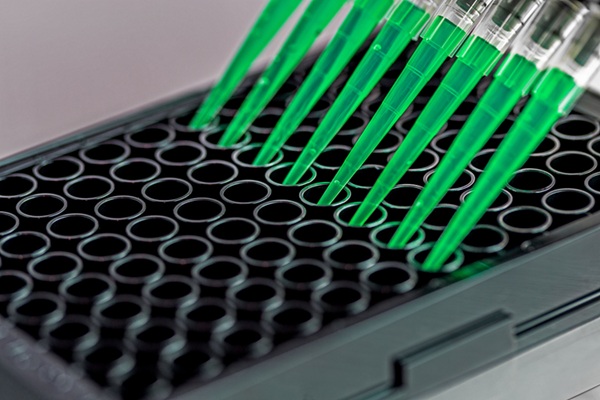
Sensitive and Specific DUB Enzyme Assay Kits Require Minimal Setup Without Substrate Preparation
Ubiquitination and deubiquitination are two important physiological processes in the ubiquitin-proteasome system, responsible for protein degradation in cells. Deubiquitinating (DUB) enzymes contain around... Read more
World’s First AI Model for Thyroid Cancer Diagnosis Achieves Over 90% Accuracy
Thyroid cancer is one of the most common cancers worldwide, and its precise management typically relies on two primary systems: (1) the 8th edition of the American Joint Committee on Cancer (AJCC) or ... Read more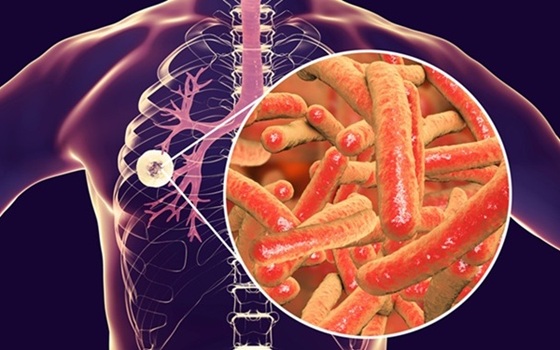
Breakthrough Diagnostic Approach to Significantly Improve TB Detection
Tuberculosis (TB) remains the deadliest infectious disease globally, with 10.8 million new cases and 1.25 million deaths reported in 2023. Early detection through effective screening is crucial in identifying... Read more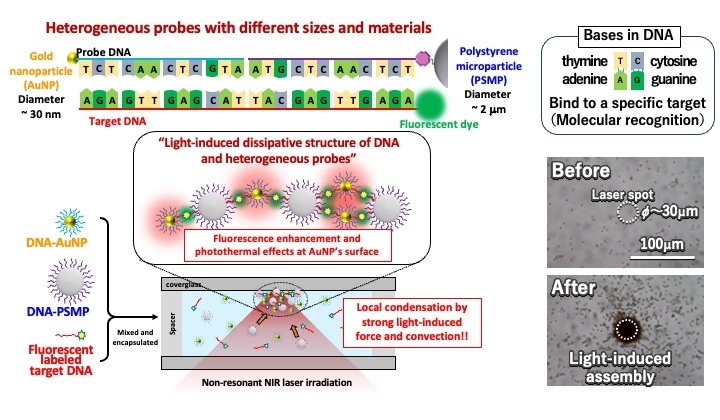
Rapid, Ultra-Sensitive, PCR-Free Detection Method Makes Genetic Analysis More Accessible
Genetic testing has been an important method for detecting infectious diseases, diagnosing early-stage cancer, ensuring food safety, and analyzing environmental DNA. For a long time, polymerase chain reaction... Read moreTechnology
view channel
Disposable Microchip Technology Could Selectively Detect HIV in Whole Blood Samples
As of the end of 2023, approximately 40 million people globally were living with HIV, and around 630,000 individuals died from AIDS-related illnesses that same year. Despite a substantial decline in deaths... Read more
Pain-On-A-Chip Microfluidic Device Determines Types of Chronic Pain from Blood Samples
Chronic pain is a widespread condition that remains difficult to manage, and existing clinical methods for its treatment rely largely on self-reporting, which can be subjective and especially problematic... Read more
Innovative, Label-Free Ratiometric Fluorosensor Enables More Sensitive Viral RNA Detection
Viruses present a major global health risk, as demonstrated by recent pandemics, making early detection and identification essential for preventing new outbreaks. While traditional detection methods are... Read moreIndustry
view channel
Cepheid and Oxford Nanopore Technologies Partner on Advancing Automated Sequencing-Based Solutions
Cepheid (Sunnyvale, CA, USA), a leading molecular diagnostics company, and Oxford Nanopore Technologies (Oxford, UK), the company behind a new generation of sequencing-based molecular analysis technologies,... Read more
Grifols and Tecan’s IBL Collaborate on Advanced Biomarker Panels
Grifols (Barcelona, Spain), one of the world’s leading producers of plasma-derived medicines and innovative diagnostic solutions, is expanding its offer in clinical diagnostics through a strategic partnership... Read more



